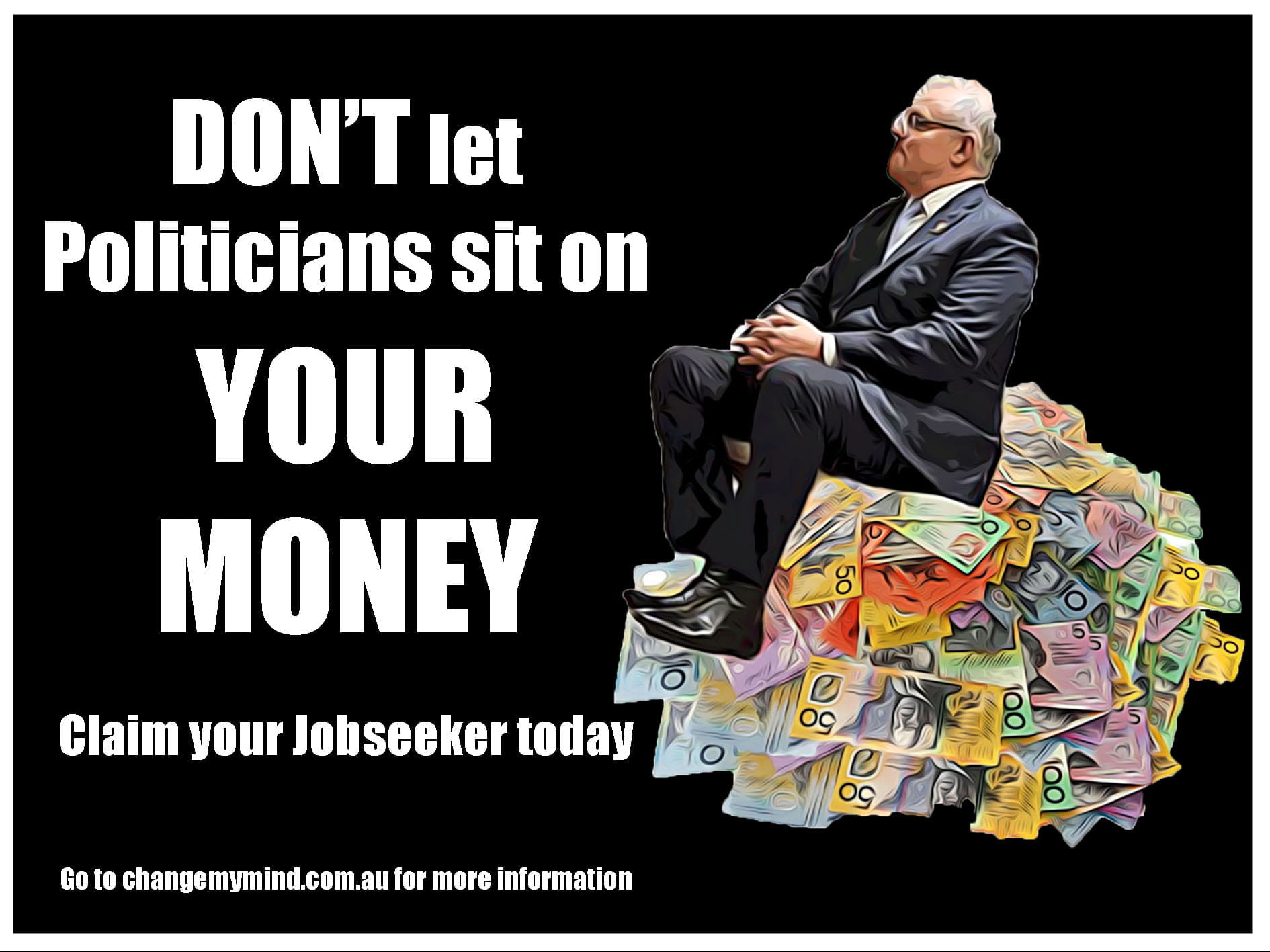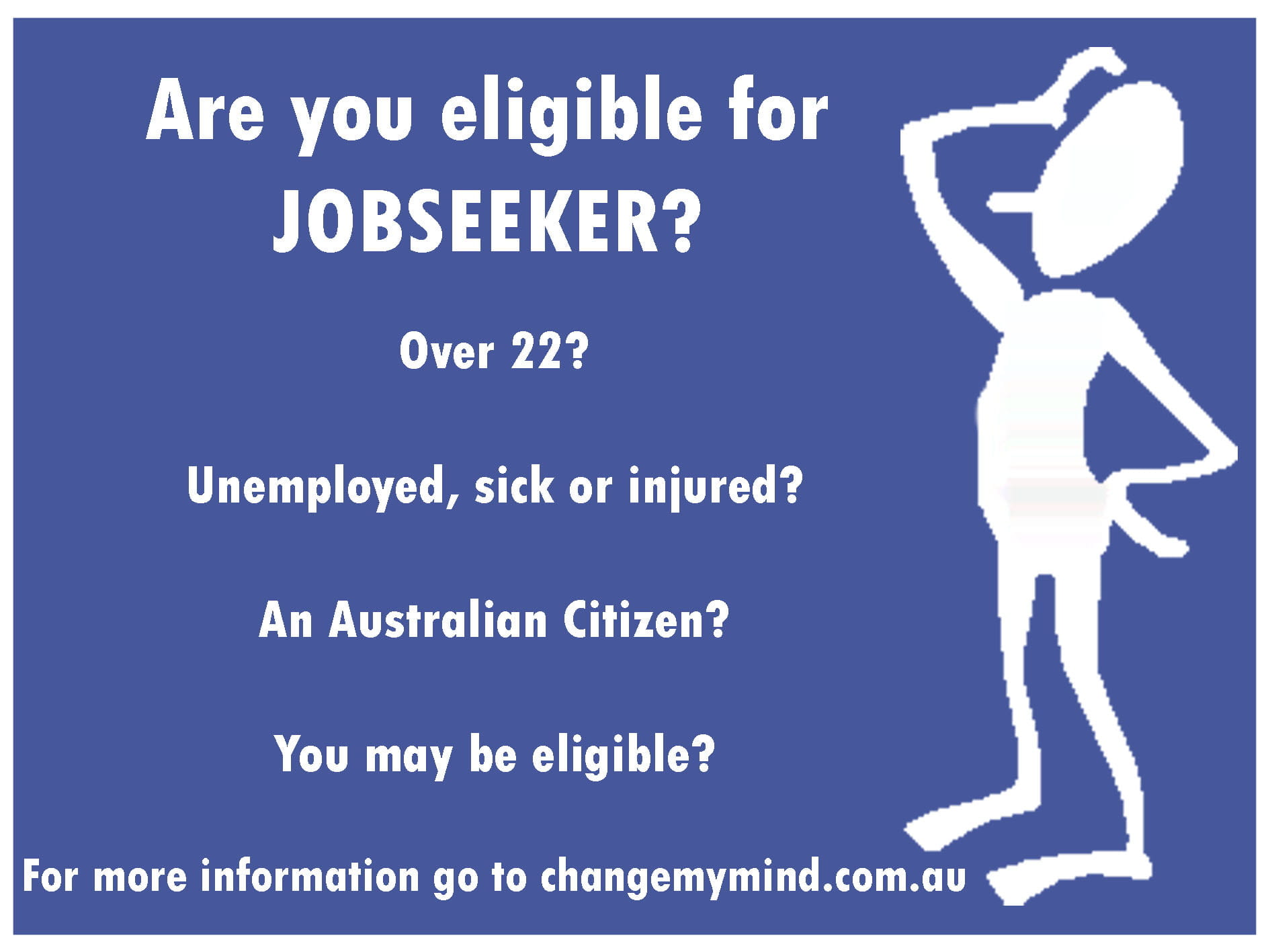This semester, for my final studio, I completed Fact Check, which was centred around the concepts of disinformation, misinformation and fact checking. For my major assignment, in collaboration with Julian Favero, Phoebe Garcia and Lillie Hanger, we worked on a media campaign to educate people on the government’s Jobseeker program; mainly focusing on fighting against the ‘dole bludger’ stigma that the media and various government figures have placed on social security recipients.
I hope our assignment made the audience notice how easy it is for politicians and the media to create false and harmful narratives; and how said narratives can affect the political system and create expectations for some voters. While at face value, I want to see audiences actively fighting against the marginalisation of the unemployed; I would also like to see audiences examine the role of the mainstream media in spreading and creating disinformation. I also believe that our use of literal lines from politicians and commentators would also help viewers look at the statements and realise how exaggerated they are.
While I am happy with the overall concept of our media piece, there are a few things that I would work on if I had the opportunity. I believe that the campaign can be expanded upon, either by continuing to look at social security, or by examining other similarly maligned people, such as refugees. Using Change My Mind as our title means that it can easily be used for both strategies.
If I were to make more videos – especially if I kept looking at Jobseeker, I would also mix themes up for each video. Our script worked well for our topic, especially with our use of politicians’ quotes, but alternating between different genres and formats would have the potential of reaching more audiences who might not be as interested in the ‘news and current affairs’ style that we used for the piece to camera.
To talk about the rise of disinformation in modern society, it is important to start with the ways that the media contributes to the poor quality of discussion. I found that Rupert Murdoch’s Media Reach helped me understand how much misinformation has been spread in Australia. Having different artifacts ensures that the information can be spread to a wide audience.
The piece to camera was able to provide a context for the controversies surrounding News Corp, from market share to bias, Eli was an engaging presenter, placing elements of dry humour throughout. The infographics are presented professionally, and are easy to understand, even for someone who quickly glances at it. As for the podcast, Niesha and Tom worked well together as co-hosts, and gave the podcast a conversational feel. Having an interview with an expert also contributed to the professionality of the assignment.
During 2021, misinformation surrounding the COVID-19 vaccine and its rollout is convincing many vulnerable people to risk their lives out of fear over side effects that are either overstated or non-existent. The assignment, COVID-19 Vaccine, examines several aspects of Australia’s vaccine rollout.
The piece to camera focuses on the rate of the rollout, especially checking quotes from the government about how quickly people had been given vaccines. Harrison took a formal approach to presenting the piece, which was effective for the subject matter. They also used a video of Scott Morrison speaking the quote that was being fact-checked, which made it easier to understand the context around the quote.
I found the Tiktoks engaging, especially the way that Emma used an instructional approach, which the viewer could use for their own research. Using specific examples helped contextualise the phone-friendly graphics. I found that looking at both the rollout and side effects was useful, and helped show how necessary fact checking is, even if the source appears legitimate.
I also engaged with Real to Reel, which coincidentally, was also my first studio. It examines non-fictional media, and the different ways that it can be presented. While I enjoyed watching and reading every assignment, Antiquarians stood out to me. Antiquarians is a multi-media presentation that showcases antique shops in and around Melbourne; and introduces us to the colourful characters who own them.
The main artifact is a book that focuses on five different antique shops, in inner Melbourne and North Central Victoria. It features heartfelt stories about the shops, written in Beatrice’s perspective, juxtaposed with photographs of the shops and some of their wares. It also has companion audio interviews with the antique shop owners, which are accessible with QR codes that are printed with each chapter.
I found this project innovative, due to the unique mix of written, visual and audio media, and the way that they work together. This was also helped by the professional quality of the pieces. I believe that Antiquarians is a brilliant example of the experimentation and creativity that Real to Reel was designed to cultivate.
References:
Aitken, S, Cohen-Hunter, J & Madamba, B 2021, Antiquarians, Real to Reel, Media Factory, viewed 8 June 2021, <http://www.mediafactory.org.au/2021-real-to-reel/2021/05/29/antiquarians/>
Buckingham, T, Emeghebo, E, Gerrard, E, Hansen, M & Happell, N 2021, Murdoch’s Media Reach, Fact Check, Media Factory, viewed 8 June 2021, <https://www.mediafactory.org.au/2021-fact-check/2021/05/31/murdochs-media-reach/>
Chalker, H, Volteas, I, Wang, A & Welsh, E 2021, COVID-19 Vaccine, Fact Check, Media Factory, viewed 8 June 2021, <https://www.mediafactory.org.au/2021-fact-check/2021/05/31/9/>
Edguer, K, Favero, J, Garcia, P & Hanger, L 2021, Jobseeker Allowance, Fact Check, Media Factory, viewed 7 June 2021, <https://www.mediafactory.org.au/2021-fact-check/2021/06/01/jobseeker-allowance/>
Richards, R 2021, About the Studio, Fact Check, Media Factory, viewed 7 June 2021, <https://www.mediafactory.org.au/2021-fact-check/2021/06/03/about-the-studio/>
Spong, R 2021, What is Real to Reel?, Real to Reel, Media Factory, viewed 8 June 2021, <http://www.mediafactory.org.au/2021-real-to-reel/2021/05/18/hello-world/>


